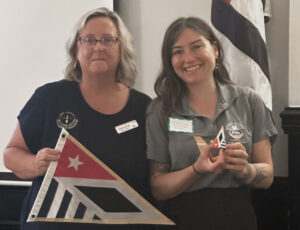News
Microplastics and the purpose of Trash Trouts
Posted on April 14th, 2022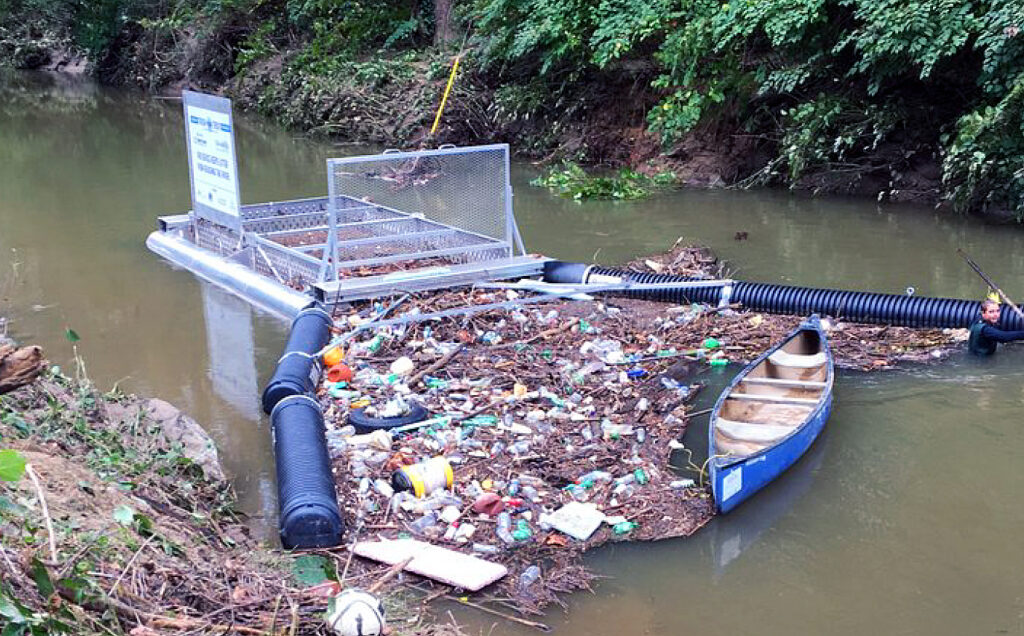
Sound Rivers has embarked on a two-year-long microplastics monitoring project, part of a statewide initiative to understand what happens to plastics when they get into our waterways — how they break down, how much microplastic is in local waters and what we can do about it. Along with 12 other Riverkeepers, your Pamlico-Tar Riverkeeper Jill Howell and Neuse Riverkeeper Samantha Krop are sampling monthly to assist in this important research study. The next step is installing Trash Trouts in Neuse and Tar-Pamlico river basins: at Jack’s Creek in Washington, Jack Smith Creek in New Bern and in the Walnut Creek watershed in Raleigh.
What’s a Trash Trout?
Trash Trouts are purpose-built stormwater litter traps. These traps sit in urban creeks and streams keeping manmade trash from entering main waterways. These devices are built to withstand the rigors of flashy rain events, yet passive enough not to harm the local fauna. Roadside littering accounts for approximately 75% of the trash in our nation’s waterways. Each time it rains, trash is funneled through our storm drain systems directly into our creeks. No filters or other mechanisms are in place to keep the trash from entering our waterways. Once the trash has entered the water, it begins the process of photodegradation, whereby the petroleum-based products such as plastics begin to break into smaller pieces known as microplastics. These tiny pieces of trash are in some instances consumed by wildlife with the majority of this debris will go on a journey that will end in your oceans.
How you can help
Once the trash is captured in the trap, it needs to be manually removed and “audited” — basically sorting trash to see what is ending up in there. Is most of the trash plastic bottles or straws? Styrofoam containers? It’s useful to know what kind of trash is ending up in our waterways, so we know how to prevent it in the first place.
We are looking for volunteers in Washington and New Bern:
- Clean-Up Crew: Willing to wade into the creek and pull trash out of the trap (we can provide waders and gloves).
- Trash Auditors: for those who don’t want to get in the creek, but want to be a part of this effort and help us tally up the trash.
- Trash Trout Scouter: We’ve never done this before and don’t know how quickly the trout will fill up with trash. It would be great to have a few folks who can be our eyes on the trout, to swing by once a week and after a rain storm to snap a few photos and see how full the trap is, and if it’s in need of a clean out.
If you’d like to participate in our Trash Trout initiative, please email info@soundrivers.org!
If you’d like to sponsor a Trash Trout, email Sound Rivers’ Executive Director Heather! Sponsorship is $500 per year for three years and includes signage on a Trash Trout, plus your name or business logo in our quarterly newsletter and on any social media or website posts about the Trash Trout Project.
Related News
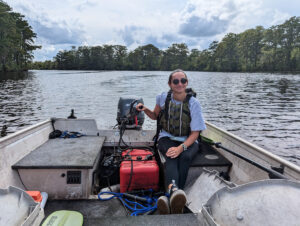
Riverkeeper monitoring Tar-Pamlico Water Trail
July 25th 2024

Rain ramps up trash-trap cleanouts
July 25th 2024

Riverkeeper, intern take on emergency trash trap cleanout
July 25th 2024

Tar-Pam Riverkeeper investigates Cub Creek turbidity
July 25th 2024
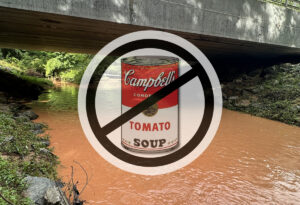
Heavy rains lead to sky-high turbidity on Lick Creek
July 25th 2024
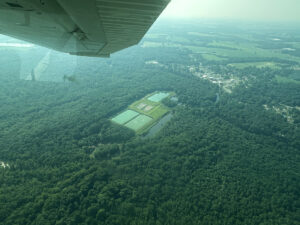
Riverkeeper: What goes up, must come down
July 18th 2024
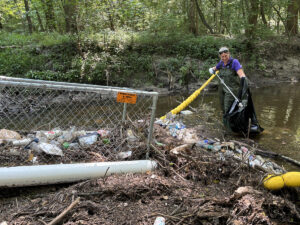
Greenville’s trash trap gets emergency cleanout
July 18th 2024

Sound Rivers gets close up of cyanobacteria
July 18th 2024
